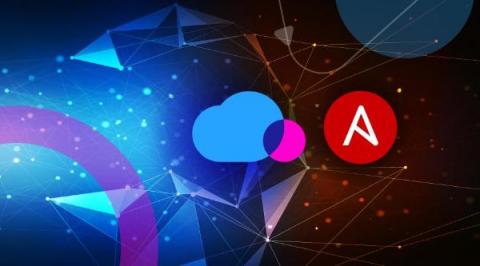Operations | Monitoring | ITSM | DevOps | Cloud
Latest Posts
Improve Apache Spark performance with the S3 magic committer
Ocean Insights now available for Google Cloud
Ocean explained: container-driven autoscaling with Kubernetes
Accelerate incident analysis by incorporating Ocean logs in any pipeline
Enhanced security for the Spot-Jenkins plugin
Spot publishes module collection in Ansible Galaxy
Ansible is an open-source IT automation engine that automates provisioning, configuration management, application deployment, orchestration, and many other IT processes. It is one of the most widely-used provisioning tools in the industry to enable infrastructure as code (IAC), made popular by its ease of use and simple, but powerful automation. With easy integration, you can use Ansible and Spot to fully automate and optimize your cloud infrastructure.
Import Spot resources into Terraform
More and more, DevOps and platform teams are using infrastructure as code to design and implement infrastructure in the cloud. Hashicorp’s Terraform is one of the most popular infrastructure as code tools. It enables you to define your desired state of infrastructure using code, and deploy those changes to your cloud. Spot by NetApp has extensive support for Terraform in Elastigroup and Ocean, our products for cloud infrastructure management.
Maximum availability without risk: Spot market scoring explained
Using spot instances for mission-critical workloads always carried the risk of interruptions, making their use, while financially attractive, less than ideal from a reliability perspective. Spot by NetApp has made it possible for cloud consumers to use spot instances for dramatic cost savings while ensuring high availability for all kinds of workloads. Core to our cloud infrastructure offerings is Spot Availability Scores, which are leveraged to provide maximum availability while mitigating risks.
Improving continuous verification: deploy fast and safely to production
Kubernetes and microservices have opened the door to smaller and more frequent releases, while DevOps CI/CD practices and tools have sped up software development and deployment processes. The dynamic nature of these cloud native architectures makes modern applications not just complex, but also difficult to monitor, find and fix problems.











